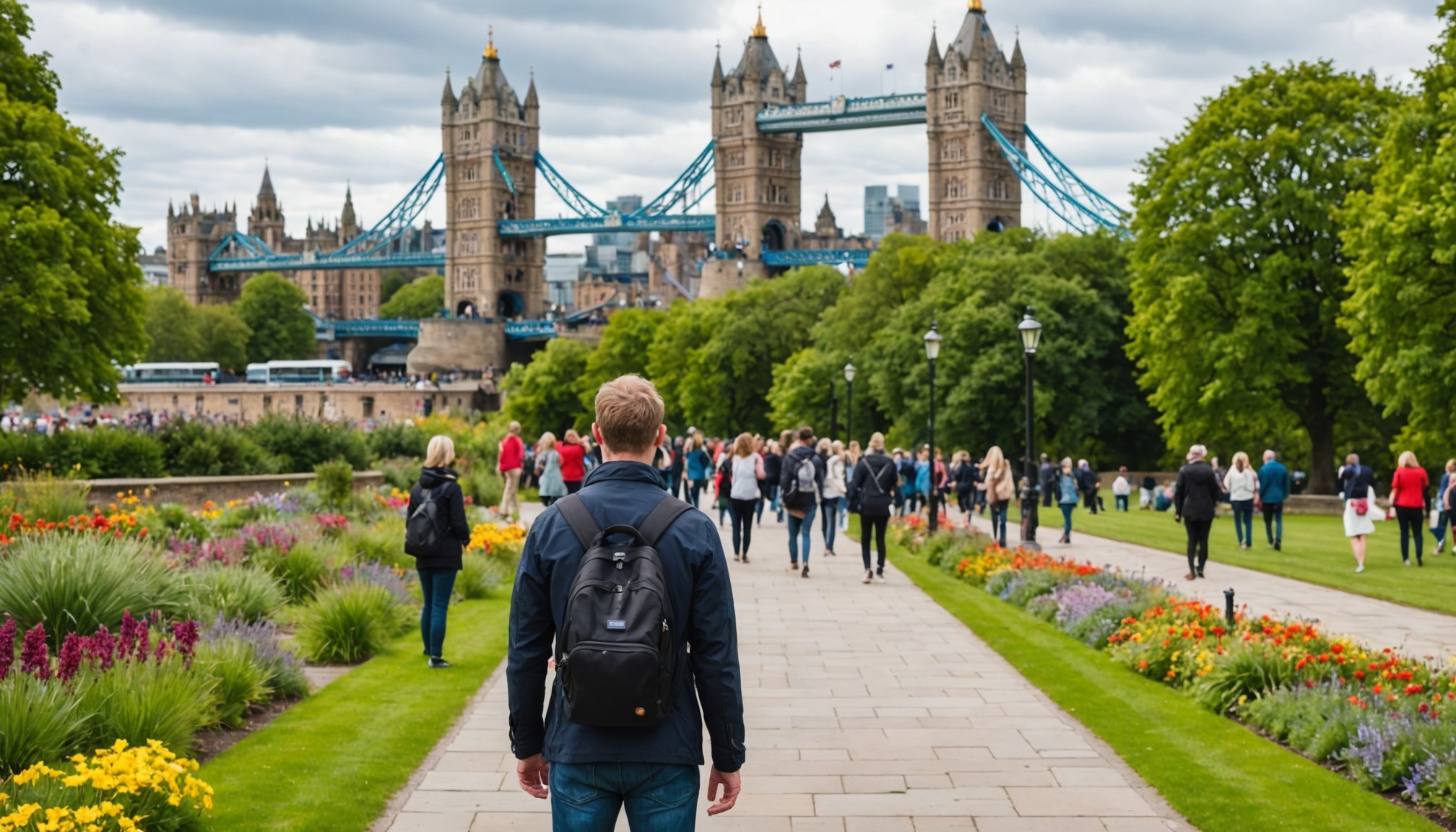Addressing Modern Visitor Expectations at UK Tourist Attractions
Visitors today expect more than just a passive experience; they seek digital engagement, accessibility, and personalised experiences that resonate with their individual preferences. UK tourist attractions must modernize by embracing these evolving demands to remain relevant and competitive. With diverse visitor demographics, from tech-savvy millennials to families and older travelers, the challenge lies in crafting inclusive offerings tailored to multiple needs.
Adapting to tourist trends means incorporating technology that enhances convenience and enjoyment. Digital guides and interactive displays can transform how visitors explore, catering to personal interests and learning styles. Accessibility improvements, such as ramps, sensory-friendly areas, and clear signage, meet the expectations of a broader audience, ensuring no one is left behind.
Additional reading : What Makes the United Kingdom a Top Tourist Destination?
Moreover, understanding shifting visitor preferences helps attractions develop targeted marketing and flexible experiences—from immersive DIY tours to quiet reflection zones. Modernizing UK attractions not only boosts satisfaction but also encourages repeat visits and positive word-of-mouth. By aligning with current trends and technological advances, attractions set the stage for sustainable growth and an enriched visitor journey.
Embracing Digital Experiences to Engage Visitors
Digital experiences are transforming how UK tourist attractions engage visitors, making interactions more immersive and personalised. Interactive technology, including mobile apps, augmented reality (AR), and virtual reality (VR), plays a pivotal role in enhancing visitor engagement. These tools enable attractions to offer virtual tours, allowing potential visitors to explore sites remotely, enriching pre-visit interest and planning.
In parallel : What Are Some Underrated Tourist Attractions in the UK?
On-site, digital tools improve navigation and provide customised content based on visitor preferences and behaviour. For example, apps can suggest routes, highlight points of interest, and offer multilingual support, catering to diverse audiences. Leading UK attractions have integrated these technologies to create dynamic, engaging experiences that resonate with today’s tech-savvy visitors.
The integration of digital experiences aligns directly with evolving visitor preferences and contemporary tourist trends, where convenience and interactivity are highly valued. By leveraging innovation, attractions can boost visitor satisfaction, extend time spent on-site, and encourage sharing on social media, amplifying marketing reach. Overall, embracing digital technology is essential for UK attractions seeking to modernize and meet the expectations of a digitally connected audience.



